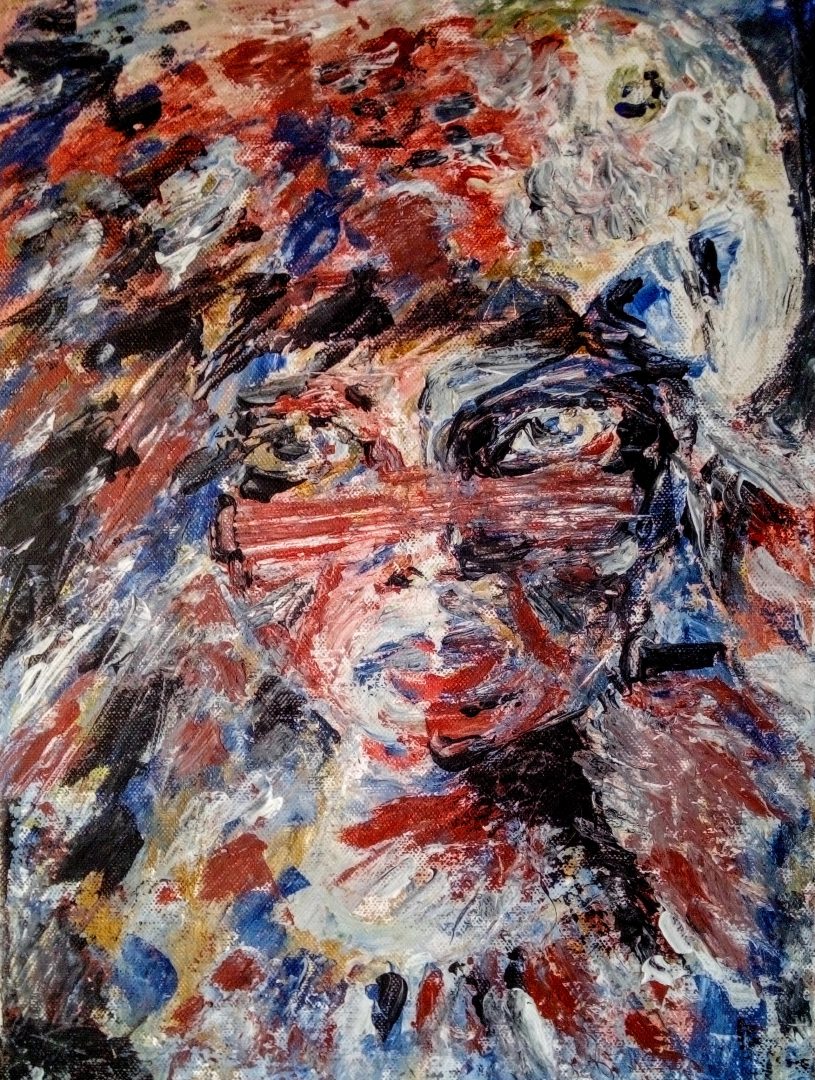The Open Call for the Social Art Award 2019 under the topic “We are the People – Peaceful Revolutions” was closed on December 15, 2019. We are very impressed by 558 submissions that were contributed by artists coming from 65 countries across all continents.
The winners of The Social Art Award 2019 are Narcissa Gold (USA), Melinda Mouzannar (Lebanon) and Bogna Grazyna Jaroslawski (Poland/Germany). The Honorary Mention goes to Kingson Kin Sing Chan (Hong Kong/UK).
Below you find the artworks, that passed the initial jury round. The public voting took place till 30 December and is a tool to give more public visibility to the topic and the artworks. It does not replace the final jury judgment. There were two wildcards for the most voted artworks that entered the final shortlist.
The focus diversity of applications shows that artists are active in the multi-faceted fields of socially engaged art reflecting on wars, genocides, femicides, traumata, violence against refugees, children, women, men, disabled people, LGBTIQs, animals. They share feelings for the planet and its living species, but also showing hopelessness due to complex crises be it climate change (e.g. in regard to water pollution), capitalism, corruption, a violation against human rights, nature, protected national parks. Many of the artists are constantly trying to give a voice to the poorest or empower unheard social groups.
It’s not only about peaceful revolutions, but it’s also about feeling a deep connection and showing love and respect for each other.
Thank you all for sharing your great and inspirational work and look at all the great contributions!
Faces of Tupãna
Helena Barbagelata
open category
“Indigenous peoples are living libraries. They are the guardians, caretakers and gardeners of the Amazon and the Planet. Every time an indigenous people is exterminated and disappears, a face of Tupãna (God) dies, the cosmos, the planet and all humanity become impoverished. ” (Sage Bernardo Alves, of the Sateré-Mawé indigenous people). The thousands of fires engulfing the Amazon rainforest in Brazil are a human tragedy as well as an environmental one, that raises many questions on the conservancy of our primal bonds to nature, animals and ourselves. Indigenous groups hold a fundamentally different view of their relationship to the natural world, perceiving their existence as being within nature rather than our modern industrialized separation between humanity and other sentient beings. My artwork considers the powerful role of vision and the visual in exploring natural and human realms. Seeking truth beyond the visible and the tangible, and offering fresh perspectives on environmental, cultural and social issues and give new life to poetic human metaphors. The style of my work could be read as contemporary Expressionism, welcoming fluidity of interpretation, with different patterns and elements growing into one composition, layering ideas and images that lead the viewer through an open narrative. I use expressionist portraiture to communicate meaning and the emotional experience of different subjects and their intrisic relationship with animals, merging together human and non-human forms. Showcasing them is a way of raising awareness and respect for the natural world and our human roots. Series of 5, acrylic on canvas.
“Indigenous peoples are living libraries. They are the guardians, caretakers and gardeners of the Amazon and the Planet. Every time an indigenous people is exterminated and disappears, a face of Tupãna (God) dies, the cosmos, the planet and all humanity become impoverished. ” (Sage Bernardo Alves, of the Sateré-Mawé indigenous people). The thousands of fires engulfing the Amazon rainforest in Brazil are a human tragedy as well as an environmental one, that raises many questions on the conservancy of our primal bonds to nature, animals and ourselves. Indigenous groups hold a fundamentally different view of their relationship to the natural world, perceiving their existence as being within nature rather than our modern industrialized separation between humanity and other sentient beings. My artwork considers the powerful role of vision and the visual in exploring natural and human realms. Seeking truth beyond the visible and the tangible, and offering fresh perspectives on environmental, cultural and social issues and give new life to poetic human metaphors. The style of my work could be read as contemporary Expressionism, welcoming fluidity of interpretation, with different patterns and elements growing into one composition, layering ideas and images that lead the viewer through an open narrative. I use expressionist portraiture to communicate meaning and the emotional experience of different subjects and their intrisic relationship with animals, merging together human and non-human forms. Showcasing them is a way of raising awareness and respect for the natural world and our human roots. Series of 5, acrylic on canvas.



